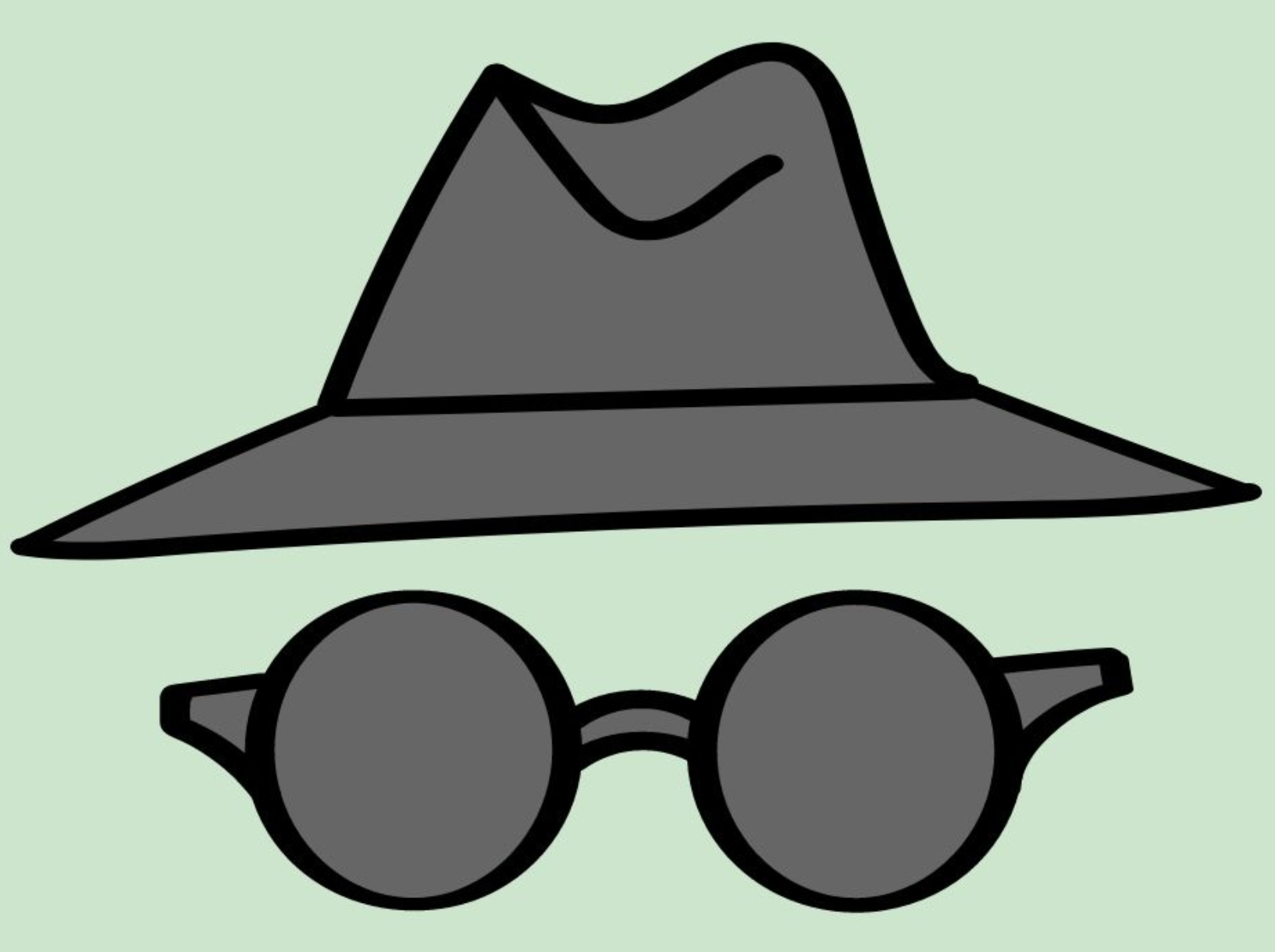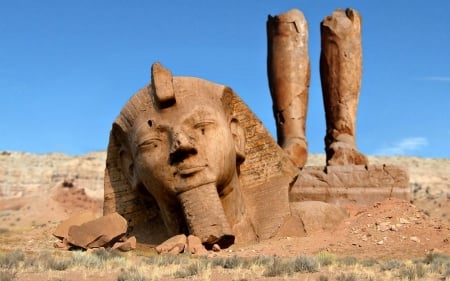For instance, a foot…is basically a foot length. So there’s this foot-measuring waddle some people do walking literally heel-to-toe to get a general sense of the space. An inch is kinda a finger width, etc (they’re all not perfect by any sense).
I’ve decided to just take the plunge and basically re-learn all my measurement systems because I’m seeing less and less of those being used. I started with just memorizing all the conversions but that’s literally just adding another step. Everything I own basically has settings to switch or show both measurements (like tape measures) so I’m just going to stop using Fahrenheit and the United states “Customary System” all together.
Any tips or things you’re taught or pick up on? There’s a funny primary school poem for conversion of customary liquid measurements,
Land of Gallon
Introducing capacity measurement to learners can be challenging. To make this topic more accessible and memorable, we can integrate creative and interactive activities into our teaching approach. Using storytelling, we can transform the sometimes daunting task of learning measurement conversions into a whimsical tale.
- In the Land of Gallon, there were four giant Queens.
- Each Queen had a Prince and a Princess.
- Each Prince and Princess had two children.
- The two children were twins, and they were eight years old.
Once students are familiar with the story be sure they see the connection between the story characters and the customary units of capacity measurement. If necessary, label the story pieces with their corresponding units of measure: queen = quart, prince/princess = pint, children = cups, 8 years old = 8 fluid ounces. You can reduce the number of customary units in the story based on student readiness. link
tl;dr looking for anything to remember the hierarchy and memorizing the metric and Celsius measurement system, sometimes explained in schooling or local sayings. (if I had an example for those systems I would give one lol).
My 2 cents to some of the really good comments already mentioned. 1kg is 2 US lbs +10%. Learn what 10cm is, use that as base for small stuff Learn a stride that’s 1m. 1m is approx 3ft Get a good scale in grams Celcius is linear, Fahrenheit is not. Hence 0 freezing, 100 boiling, 50 is exactly half that amount of energy.
Now if you’re into engineering I’d recommend you grab yourself a caliper and measure some of the common products you can buy. You’ll notice that anything in 16th, 32th or even 64th is a most likely an approximation to a perfect size in mm.
It’s important to realize that the US is the only real producing country in the world using US customary. Relatively speaking there’s very little actual manufacturing being done in true US customary.
30 is hot, 20 is nice, 10 is cool, 0 is ice.
Honestly, with metric, 24 hour time and celcius, the easiest way to learn is just to switch to it completely.
I’m in an imperial country and still switched over to metric/24h/c just because it makes a lot more sense for most personal stuff. It’s been enough years that I know much of it just ambiently. I prefer it, tbh.
Change the time on your phone.
10cm is long. don’t let anybody tell you otherwise
The military and doctors in the United States officially use the 24 time format, there is something to think about (when we talk about accuracy and adequacy)
I switched over all my devices to 24 hour - phone, computers, cars, etc. I even change the settings on my wife’s phone sometimes. It’s so much easier to mentally read.
realistically, nobody uses all the units.
eg, decimeters are practically unheard of.
anyway, start measuring things around you. like your fingers, your hand, your ceiling height, that sort of thing. and then remember what those measurements feel/look like. that’ll give you something to compare other things to. you can do the same thing with volume measurements and so on.
for example, i found that one of the knuckles on one of my fingers is exactly 4cm long, so i always have that with me.
There is so much potential for unused unit systems. Imagine if gigameters where used instead of light years!
I use micrometers µm when I buy a water filter (mechanical), µm 1 micrometer traps debris more than µm 5 micrometers and bacteria, as well as some large viruses.
You can walk a klick in 10 mins
A ruler is 30cm. Roughly a third of a meter.
Four cups to a litre.
For distance:
- learn to do a 1m pace
- measure your height to compare against other things
- measure the length of your finger gun (mines basically 150mm)
For temperature (for me):
- below 6 think about wind chill and keep warm
- 6-10 = warm jacket weather
- 10-14 = pants and sweatshirts
- 14-18 = great exercising weather
- 18-22 = shorts and t-shirts or light sweatshirt.
- 22-26 = very warm
- 26-30 = uncomfortable
- 30+ = sweating just walking around
For weight, it is too dependent on your strength. For some, lifting a 20kg sack of flour would be to much, for others grabbing two 40kg sacks of cement per trip to the palet is normal.
Your temperature scale is clearly from a northern country :P
- 22-26 is pleasant in Italy
- 26-30 is warmish
- 30-35 is warm
- 36+ sweating just waking around
As a northen-ish countryperson. I share this scale
Quite the opposite
I discovered that my height in cm is the same as my weight in pounds. That was helpful for memorization.
You don’t really need to remember conversions within units, because it’s all in base 10. Apart from that, 1 millilitre is 1cm³ of water, which weighs 1 gram, and requires 1 calorie of heat to increase its temperature by 1°C.
looking for anything to remember the hierarchy and memorizing the metric and Celsius measurement system, sometimes explained in schooling or local sayings. (if I had an example for those systems I would give one lol).
This is how I was taught it in school:

1 km is about 15 minutes walk.
1 meter is about a step.
1 cm is about the thickness of a gusset on medium sized industrial machinery
1 kg is about 2 pints (or a little more than a quart)
20°C is comfortable for most people, 35+ is uncomfortably warm
That’s nice, though I’d say 1 meter is more like a long stride, or at least two walking steps.
2 pints of lead is about 1kg?
A kg is a measure of mass. A pint is a measure of volume.
This has messed with my head that you’ve equated them with each other.
I’m guessing you meant a litre is about 2 pints?
I wrote 2 pints of water, but the sentence flowed weirdly. Idk
For daily use of temps, I found it best to just switch my apps and stuff to use Celsius. Then just made a point to take mental notes as to see what the current temps were on my devices. Especially when it was feeling too hot or cold. On days that felt nice, would see what temps they were and just kind of learned what ranges were between them (I tend to find 16-23C to be fine warm temps).
I can’t say exactly what the temps in Fahrenheit directly. But can give a range for friends and co-workers if they happen to ask me what the temps are outside (they obviously take the Celsius value as not helpful but they know I am going to give them). I can say that for me the “exposure therapy” of just using Celsius has been much easier than things like distance. I can kind of handle thinking of static distances, but I am not able to translate active things like speed.
Spreading my hand out, the distance between the tip of my thumb and the tip of my pinky is almost exactly 20 cm.
When I need to measure something like a piece of furniture, I “crab walk” my hand along its side, counting 20 cm for every step.
A person who buys some material, Thinks to themselves managerial, I could use grams or litres, Maybe even amps or square meters, At least it isn’t Imperial.
I’m in Canada, and learning French in school actually helped me with fractional measurements since French is based on Latin.
Cent is 100 in French, so 1/100 meters is a centimeter
Mille is 1000 in French, so 1/1000 meters is a millimeter
Dix is 10 in French, so 1/10 meters is a decimeter (this is last because it’s not super helpful since you never see deci- units in the wild outside of niche applications)
And for the powers of 10, we only really talked about kilo (1000) in school, but I was interested in computers since I was a child so I figured out mega, giga, terra, etc fairly early on.
It’s weird i know my measurement in both metric and imperial because when I was a child i learnt to play lawn bowls and all the old people measured everything in inches feet and yards, then when I became a mechanic there’s the three spanner sets so I can do all those.
As for tips, I worked out my own pace count for 100 meters, and at my old workshop we had meter increments on the floor so you could work out what kinda goofy arse step you need to take for 1 meter.
Temperature obviously 0 is frozen water 100 boiling anything over 40 is damn hot outside but that one varies for person to person.











